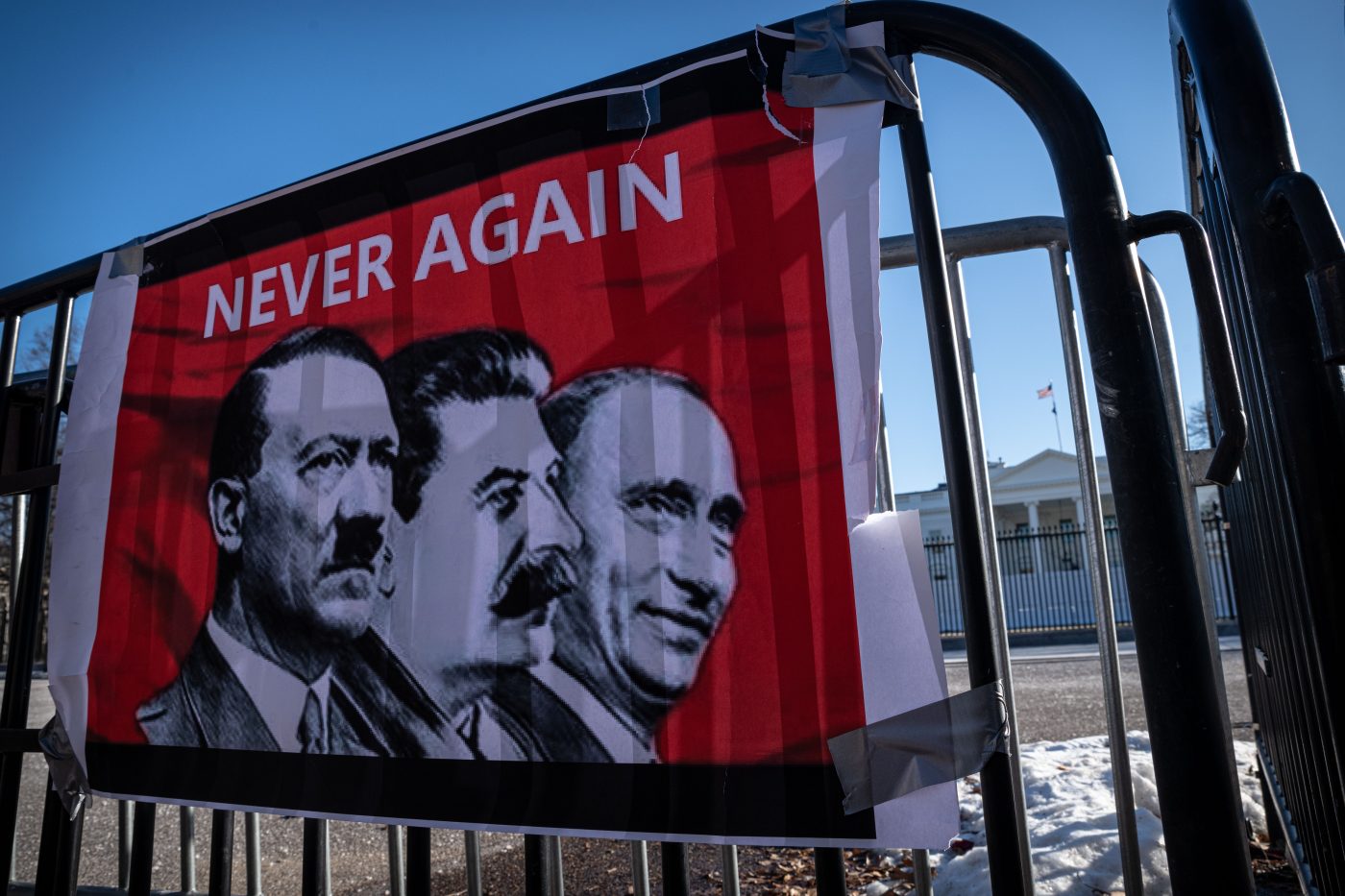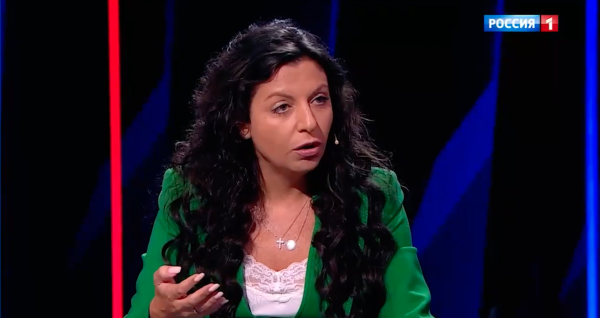At its best, maskirovka hides reality behind a veil spun from propaganda and disinformation. This can allow the creator to strike an unprepared enemy, or deter a bamboozled opponent unaware of weaknesses. At its worst, maskirovka tempts leaders to believe their own lies.
At the moment, Vladimir Putin’s situation and Russia’s are probably far more fragile than what appears to outsiders. Like much else in modern Russia, it takes inspiration from Joseph Stalin, the master of maskirovka. In the 1930s he bragged of voluntary collectivization and universal happiness, even as forced food requisitions starved to death millions in Ukraine and Kazakhstan.
Purges of the Red Army’s officer corps and Communist Party leadership in the 1930s added to Stalin’s record of blunders and crime, weakening the country even as the danger of war steadily increased. Within months of Operation Barbarossa’s launch on June 22, 1941, the USSR lost half its economic production and over half its tanks, aircraft, and artillery.
But Stalin and his successors hid the war’s death toll for more than 60 years in what historian Russian Igor Ivlev termed a “General (or Generalized) Lie,” in the journal War Historical Archive in September 2012. He calculated that total Soviet losses, from 1941 to 1945, were 38.5 million, of whom 20.5 million were military. That was more than double the 8.7 million reported by the Ministry of Defense.
How does Ivlev reach this grim reckoning? He adds bits and pieces of official information, not aggregated by the authorities. He checks these totals against census data from before and after the war, in 1939 and 1946. From Young Communist League and Communist Party records, Ivlev knows how many party members donned the uniform and how many survived — 7 million of 16 million, a death toll of 57%.
The demographic consequences ricocheted through the generations. Far more females survived the war than males. In 1939 there were about 7 million more females than males in the USSR; by 1959 the imbalance was 21 million.
In the pages following the Ivlev article, War Historical Archive published a rebuttal by Viktor N. Zemskov, “On the Dimensions of Human Losses in the USSR in the Great Patriotic War.” Zemskov concluded that total Soviet losses were about 16 million, of whom 11.5 million were civilians and 4.5 million military. In a grim foreshadowing of the later Putin years, he accused those posting high war losses of degrading the Soviet (Stalin’s) leadership, the military authorities, and the entire Soviet system.
As a parliamentarian for the United Russia Party, Zemskov told the Duma that critics aimed to diminish the significance of the victories by the Red Army and Soviet people. He even claimed that they wanted to magnify the successes of Nazis and their accomplices.
Whether Soviet losses in World War II were 16 or 38.5 million, their magnitude underscores the heavy price paid for victory. Their scale confirms that Stalin was not only cruel but also a fool. Having weakened the Soviet body politic, the economy, and military leadership, he appeased Hitler and then ignored warnings of an imminent blitzkrieg. The only way he could stop and drive back the Germans was by throwing millions of human beings into the maw of the Nazi war machine.
In Ukraine today, as in World War II, the Kremlin has masked its bad planning and battlefield defeats by pushing more soldiers — many poorly trained and equipped — into mortal danger. Far more chaotic than Stalin’s command structure, Putin’s has permitted three private armies to fight alongside his regular forces. He has promoted the Soviet-era petty criminal Yevgeny Prigozhin to effectively become one of his senior generals, who in turn recruited convicts as cannon fodder. As of spring 2023, Russia’s casualties — dead and wounded — are unknown. They probably exceed 250,000, a smaller per capita toll than Ukraine’s, which is closer to 150,000.
While it is true that Putin, like Stalin, has been guided by the arrogance of personal power and hubris, he is not a great Russian Vozhd or leader. The lesson for the West is that while the Kremlin’s occupant wants us to believe he’s a man of steel, all the wise money says he’s already rusting.
Walter Clemens is an Associate, at Harvard University Davis Center for Russian and Eurasian Studies, and Professor Emeritus of Political Science, at Boston University. He wrote ‘Can Russia Change?’.
Europe’s Edge is CEPA’s online journal covering critical topics on the foreign policy docket across Europe and North America. All opinions are those of the author and do not necessarily represent the position or views of the institutions they represent or the Center for European Policy Analysis.





